Choosing the right coffee beans can feel overwhelming, especially for beginners. With so many varieties and flavors available, how do you know where to start? In this guide, we’ll navigate the world of coffee beans together, helping you understand the different types, their unique characteristics, and how to pick the perfect beans for your brewing needs.
We’ll dive into the fascinating differences between Arabica and Robusta beans, including how their origins impact flavor. Plus, we’ll explore roasting techniques that can elevate your coffee experience. Whether you’re brewing a cup at home or enjoying a freshly roasted blend from your favorite café, understanding coffee beans is essential for unlocking the full potential of your daily brew.
Lastly, we’ll touch on the best methods for storing your coffee beans to keep them fresh and flavorful. With the right knowledge, you can ensure that every cup of coffee you make is a delightful experience. Get ready to deepen your appreciation for this wonderful beverage!
- Explore the differences between Arabica and Robusta coffee beans
- Learn essential roasting techniques for enhancing flavor
- Discover tips for storing coffee beans to maintain freshness
Types and Characteristics of Coffee Beans
Differences Between Arabica and Robusta
When it comes to coffee beans, understanding the differences between Arabica and Robusta is a great place to start. Arabica beans are known for their smooth, complex flavors and higher acidity. They often have hints of fruit or sugar, making them a favorite among coffee connoisseurs. On the other hand, Robusta beans tend to be stronger and more bitter, with a grainy or nutty taste. These beans have a higher caffeine content, which contributes to their bold flavor profile.
Another key difference lies in how these beans grow. Arabica plants thrive in higher altitudes and require specific climate conditions to flourish. This makes them more sensitive to environmental factors, leading to a generally lower yield. In contrast, Robusta plants are hardier and can withstand harsher conditions, resulting in a more robust production. This distinction not only affects the flavor but also the price and availability of these beans in the market.
By knowing these differences, you can start to appreciate why certain coffees taste the way they do. Whether you prefer the smoothness of Arabica or the boldness of Robusta, recognizing these characteristics can guide you in making informed choices when selecting your coffee beans.
- Arabica beans are smoother and more complex
- Robusta beans are stronger with a bitter taste
- Growing conditions influence flavor and yield
Impact of Bean Origin on Flavor
The origin of coffee beans plays a crucial role in determining their flavor profile. Different regions produce beans with distinct characteristics, influenced by factors such as soil, climate, and altitude. For example, beans from Ethiopia often exhibit bright, fruity notes, while those from Colombia tend to have a balanced flavor with hints of caramel and nuts.
As you explore the world of coffee, you’ll discover that various countries and regions have their own unique coffee cultures, each contributing to the overall experience. For instance, the famed coffee from Brazil is often characterized by its chocolatey and nutty undertones, making it a popular choice for espresso blends. Understanding where your coffee beans come from can enhance your appreciation for the drink and help you find your preferred flavors.
So, don’t hesitate to experiment with beans from different origins. Each cup you brew can tell a story of its own, reflecting the rich diversity of coffee around the world.

For those eager to dive deeper into the world of coffee, you’ll find the article Master the Flavor of Brazilian Coffee! A Complete Guide from Bean Selection to Storage particularly enlightening. This guide offers insights into the rich flavors of Brazilian coffee, covering everything from bean selection to optimal storage methods, ensuring you make the most of your coffee experience.
- Origin influences flavor through soil and climate
- Ethiopian beans are bright and fruity
- Brazilian beans offer chocolatey and nutty notes
Basics and Recommended Methods of Roasting
Roasting Process
Roasting coffee beans is a transformative process that brings out the rich flavors and aromas we love. During roasting, green beans undergo a series of chemical changes as they are exposed to heat. As the temperature rises, the beans expand and release moisture, creating a delightful symphony of flavors. The process is not just about cooking the beans; it’s about unlocking the potential hidden within each one.
The roasting level can vary from light to dark, with each level offering unique taste profiles. Light roasts tend to retain more of the bean’s original flavors, allowing you to savor the distinct notes of its origin. In contrast, dark roasts often have a bolder, smokier flavor due to the longer exposure to heat. Knowing how to roast your beans just right can greatly enhance your coffee experience.
- Roasting transforms green beans into flavorful coffee
- Temperature changes lead to expansion and flavor development
- Different roast levels offer distinct taste profiles
Home Roasting Techniques
For coffee enthusiasts eager to explore roasting at home, there are a few techniques you can try. One popular method is using a popcorn popper. This appliance can get hot enough to roast coffee beans evenly, making it an accessible option for beginners. Simply add the green beans, monitor the temperature, and listen for the “first crack” to know when they’re reaching the right roast.
Another method is using a stovetop pan or a cast-iron skillet. This requires a bit more attention, as you’ll need to stir the beans constantly to ensure an even roast. It’s a fun way to engage with the process, and you’ll be able to see the transformation firsthand. Just remember to keep ventilation in mind, as roasting can produce smoke.
If you’re feeling adventurous, consider investing in a home coffee roaster. These machines offer precision and control, allowing you to experiment with different roasting profiles to find your perfect flavor. With a bit of practice, you can master the art of roasting and create a personalized coffee experience that brings out the best in your chosen beans.

If you found this article on roasting techniques intriguing, you might want to dive deeper into the world of coffee with our piece on How to Import and Choose Coffee Beans: A Beginner-Friendly Guide. This article will equip you with essential knowledge about selecting the right beans, which is crucial for achieving the perfect roast at home.
- Popcorn poppers are great for beginners
- Stovetop roasting requires constant attention
- Home coffee roasters offer precision and control
Choosing Brewing Methods
Differences Between Drip and French Press
When it comes to brewing coffee, selecting the right method can make a noticeable difference in flavor. Two popular brewing techniques are drip coffee and French press. Each method has its own unique characteristics, and understanding these can help you appreciate the nuances of your chosen coffee beans even more.
Drip coffee makers are known for their convenience. They typically brew a clean, smooth cup of coffee, which highlights the bright notes in your beans, especially if you’re using Arabica. The water passes through the grounds quickly, extracting flavors without too much bitterness. This method is perfect for those who enjoy a lighter, more delicate coffee experience.
On the other hand, the French press provides a richer and fuller-bodied cup. This method allows the coffee grounds to steep in hot water, resulting in a more robust flavor. The oils from the coffee beans remain in the brew, enhancing the overall taste and mouthfeel. If you prefer a bolder coffee experience, this might be the method for you.
- Drip coffee is convenient and produces a smooth cup
- French press offers a richer, full-bodied flavor
- Understanding brewing methods enhances appreciation of coffee beans
Selecting Beans for Brewing
Now that you know more about brewing methods, it’s time to think about how to select the right coffee beans for each technique. The type of beans you choose can greatly influence the final taste of your brew. For drip coffee, lighter roasts often work well, as they retain the original flavors of the beans. These beans tend to shine through with their fruity and floral notes, making for a refreshing cup.
If you’re using a French press, consider opting for medium to dark roasts. These roasts bring out the bold flavors that complement the rich brewing method. The longer extraction time allows the coffee to develop deeper notes, which can create a delightful, complex cup. It’s all about finding the right balance for your taste preferences.
Additionally, pay attention to the grind size of your coffee beans. For drip coffee, a medium grind is ideal, while a coarse grind works best for the French press. The grind size affects extraction time and flavor, so experimenting with different settings can help you find your perfect brew.
Ultimately, choosing the right coffee beans for your brewing method is a fun journey. Don’t hesitate to try different combinations and discover what suits your palate best. The world of coffee is full of surprises, and each cup can offer a unique experience that reflects your personal taste.
- Lighter roasts are great for drip coffee
- Medium to dark roasts enhance French press flavors
- Grind size impacts extraction and flavor profile
Coffee Storage and Preventing Deterioration
Ideal Storage Environment
Storing your coffee beans properly is essential for maintaining their freshness and flavor. Just like fine wine, coffee beans are sensitive to their surroundings. To keep your beans in optimal condition, aim for a cool, dark place away from direct sunlight. A pantry or a kitchen cabinet is usually an ideal spot.
Temperature fluctuations can lead to deterioration, so it’s best to avoid areas like the refrigerator or freezer. While it might seem tempting to store them there for freshness, the constant opening and closing can cause moisture to build up, affecting the beans’ quality. Instead, consider using an airtight container made from opaque materials to shield your beans from light and air.
Additionally, humidity can be a foe of fresh coffee. Keeping your beans in a dry environment helps prevent mold and preserves their taste. By paying attention to these factors, you can extend the lifespan of your coffee beans and enjoy flavorful brews for longer.
- Store in a cool, dark place
- Avoid temperature fluctuations
- Use an airtight, opaque container
Tips to Prevent Deterioration
To make the most of your coffee beans, it’s important to take extra precautions to prevent deterioration. One key tip is to buy your beans in smaller quantities. This way, you can ensure that you’re using them while they’re still fresh. Coffee beans start to lose their flavor soon after they’ve been roasted, so getting just what you need can help you enjoy a more vibrant cup.
Another useful strategy is to grind your beans just before brewing. Whole beans retain their flavor longer than pre-ground coffee. By grinding only what you need right before brewing, you’ll unlock the full potential of the beans and enjoy a fresher taste in every cup.
Lastly, consider labeling your containers with the roast date. This simple practice helps you keep track of freshness and ensures that you’re using your beans within their prime. With these tips, you’ll be better equipped to store your coffee beans and savor their rich flavors for as long as possible.

For those eager to dive deeper into the world of coffee, you may find our article on Exploring Coffee Bean Workshops! Your Complete Guide to Choosing, Roasting, and Brewing particularly insightful. This piece covers everything from selecting the right beans to the intricacies of roasting and brewing, making it a valuable resource for enhancing your coffee experience.
- Buy coffee beans in smaller quantities
- Grind beans just before brewing
- Label containers with roast dates
Summary of Key Points on Coffee Beans
In this exploration of coffee beans, we’ve uncovered the essential aspects that every coffee lover should know. From understanding the differences between Arabica and Robusta beans to discovering how bean origin influences flavor, it’s clear that each choice impacts your coffee experience. Roasting techniques and brewing methods offer further avenues for enhancing the taste, while proper storage ensures your beans stay fresh.
As you embark on your coffee journey, remember that selecting the right beans based on your brewing method can significantly elevate your enjoyment. Whether you prefer a light, fruity cup or a bold, rich brew, knowing your preferences will help you make informed decisions. Additionally, taking care of your coffee beans by storing them correctly will allow you to savor every drop.
So, dive into the world of coffee with confidence, experiment with different beans and brewing methods, and most importantly, enjoy the unique flavors each cup brings. Your coffee adventure awaits!
- Understanding the differences between Arabica and Robusta beans is crucial for selecting quality coffee.
- Roasting and brewing methods significantly influence the final taste of your coffee.
- Proper storage practices help maintain the freshness and flavor of your coffee beans.
We’d love to hear your thoughts! What are your favorite coffee beans or brewing methods? Share your experiences in the comments below.



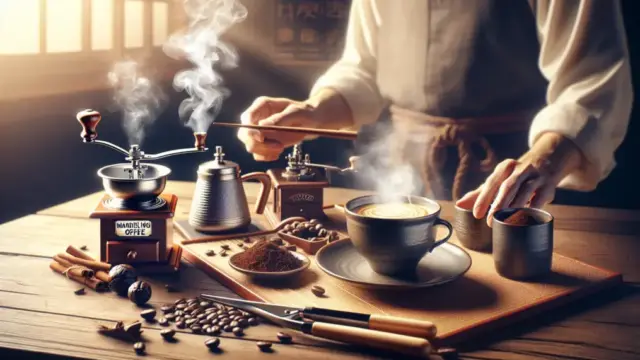
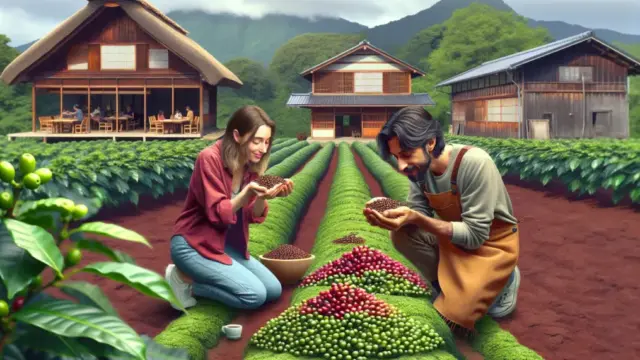


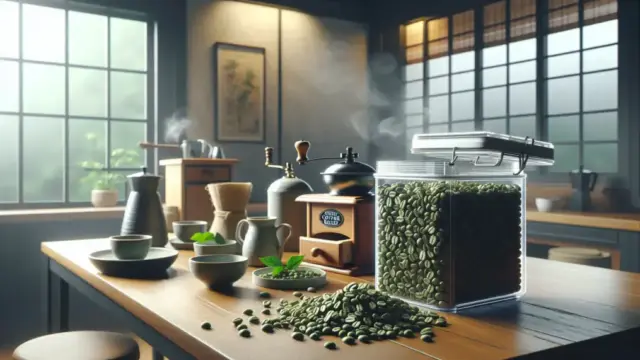








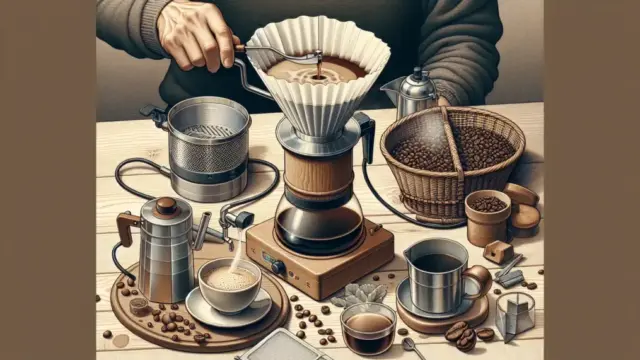
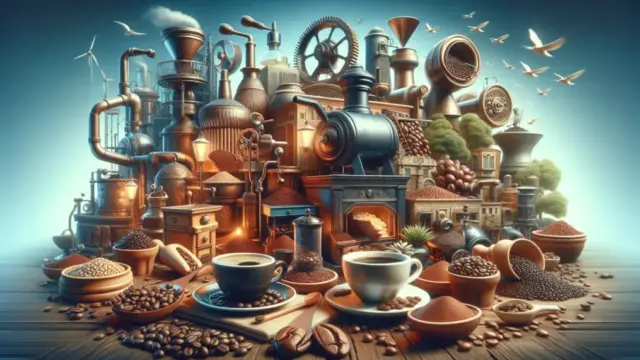
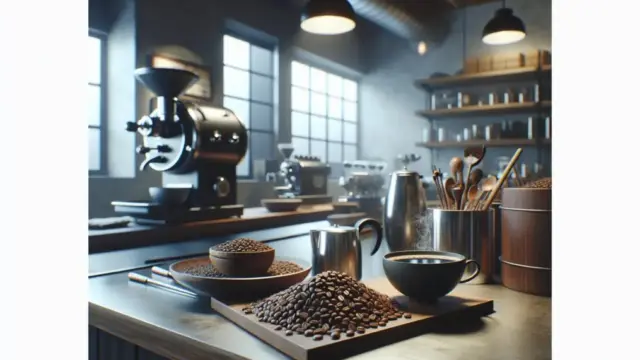


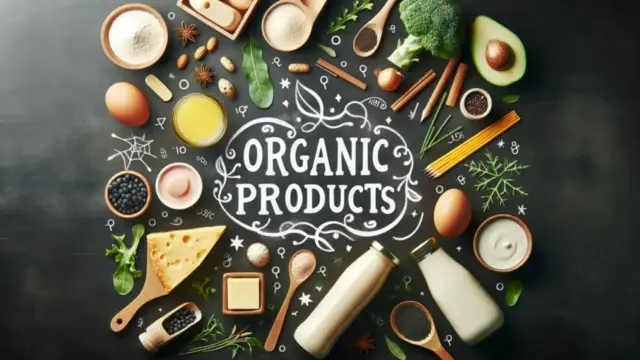




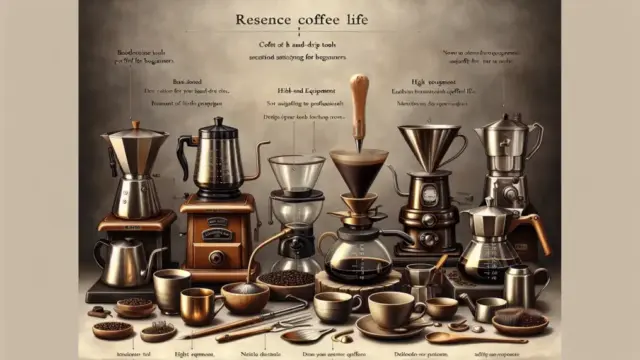

















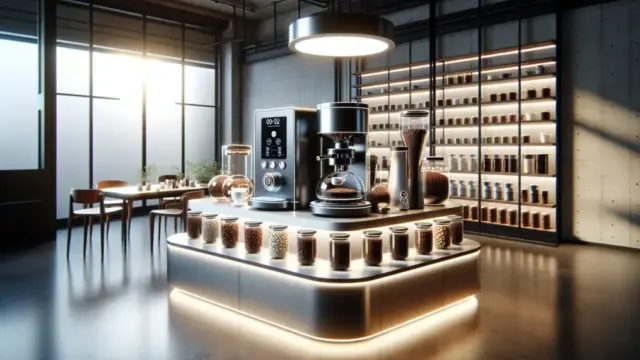
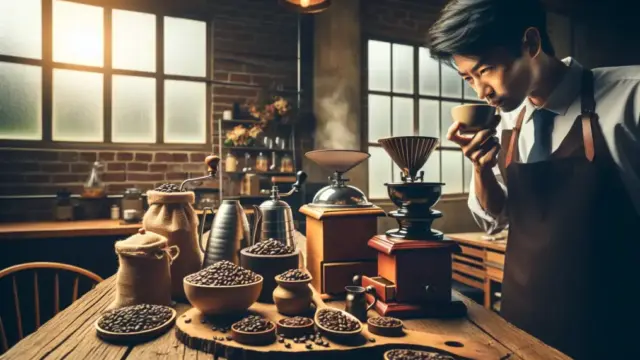











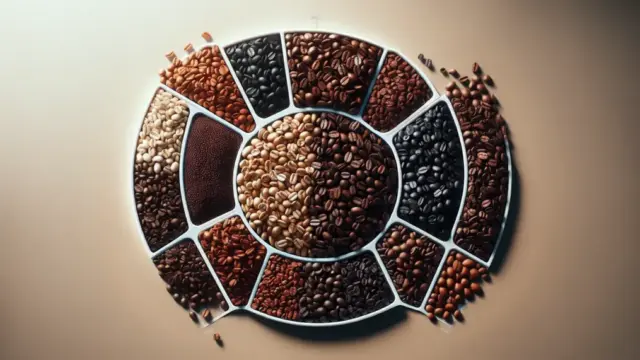
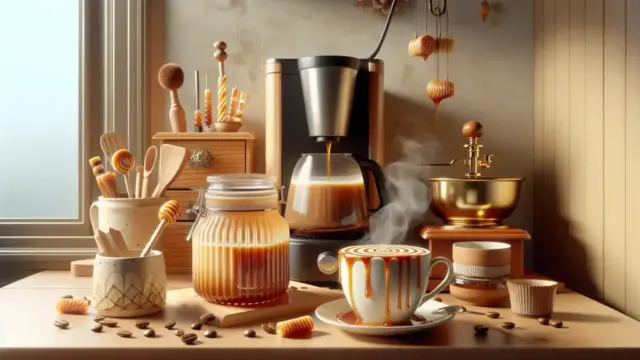

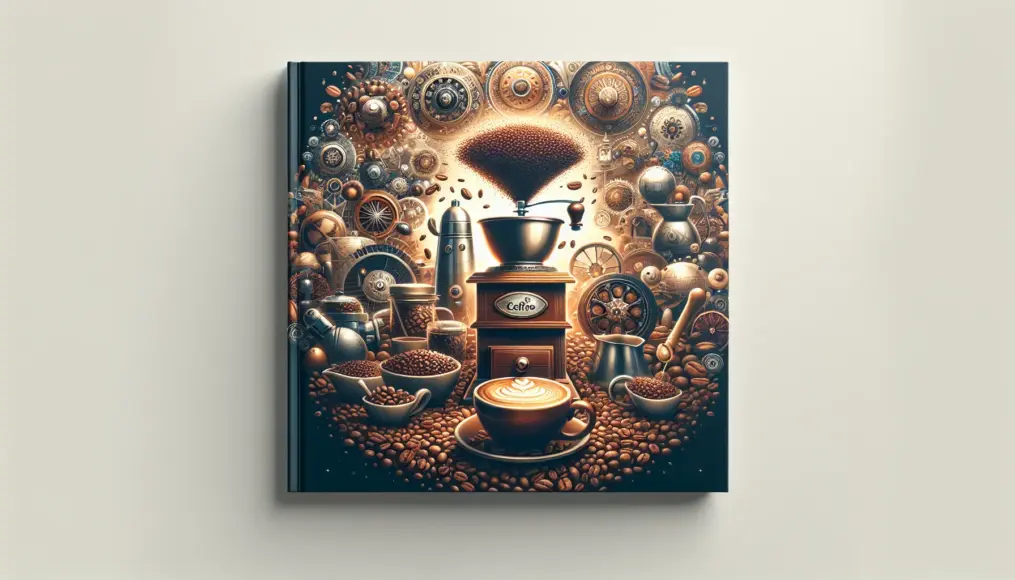

Comment